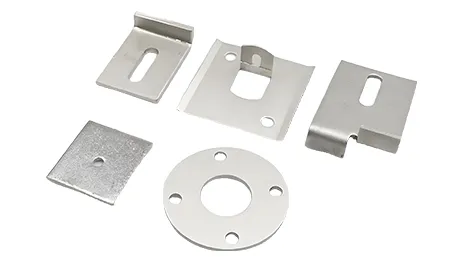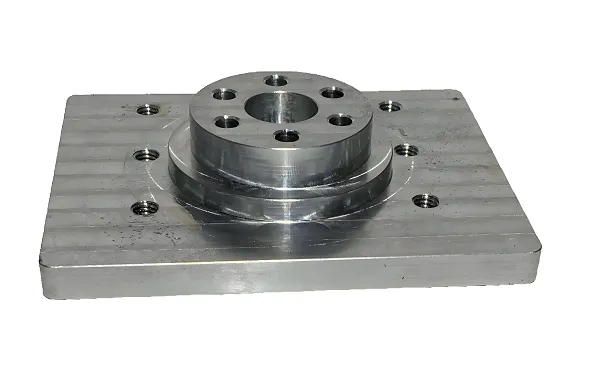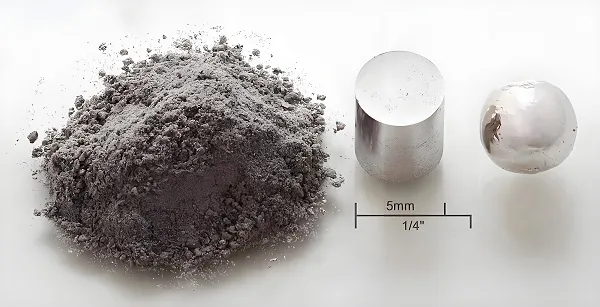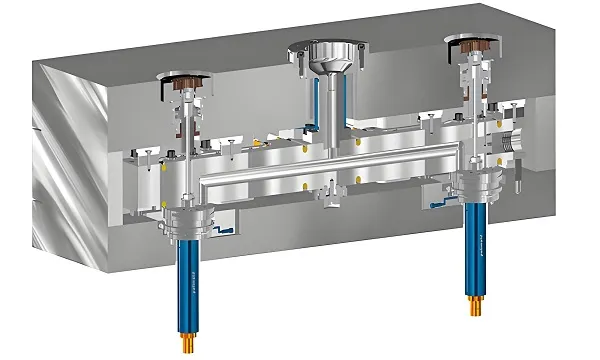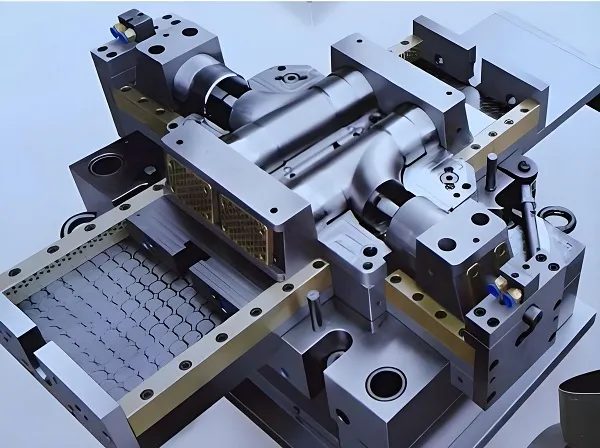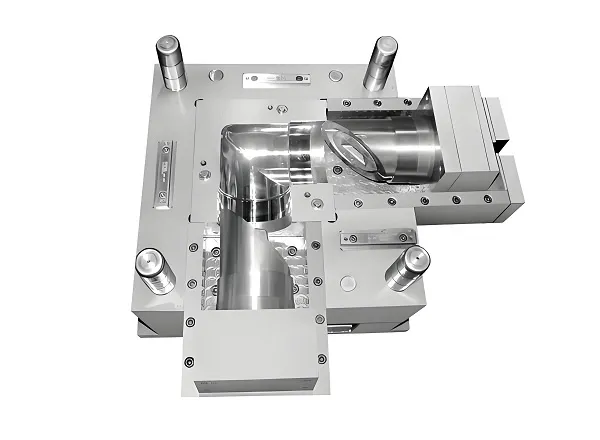In modern manufacturing, CNC (Computer Numerical Control) technology has become one of the mainstream processes, especially in the processing of aluminum profile material excellence.CNC aluminum machining has been widely used in many fields due to its high accuracy, fast production efficiency and malleability. However, the price of CNC machined aluminum is not static, but is affected by a variety of factors. In this article, we will discuss the price, advantages, applicable fields and processing technology of CNC machined aluminum through various evidences, and interspersed with corresponding technical Q&A, in order to provide readers with a comprehensive understanding.
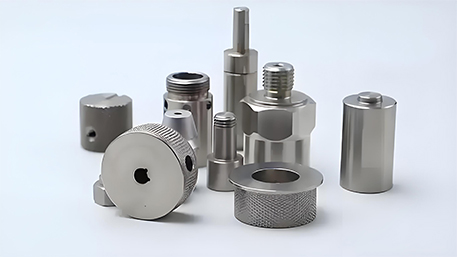
1. Price of CNC machined aluminum
The price of CNC machined aluminum is not fixed, but is affected by many factors. The following are some of the main influencing factors:
Machining process:
Billing by process: the price of CNC machined aluminum is usually calculated according to the process of machining. For example, how much to punch a hole, how much to tap a thread, how much to mill a square centimeter, and so on. Then, based on the number of holes to be machined, the area to be milled, etc., these costs are added up to arrive at the final machining price.
Billing by working hours: Another way of billing is to calculate according to the working hours of machining, i.e. how much it costs for one hour of machining. Complex products take longer to process and therefore cost more. Labor hours are usually accounted for in advance based on the time required for each machining process.
Processing quantity:
Batch machining: generally speaking, the price of batch CNC machining is lower than the price of aluminum parts proofing. This is because proofing involves steps such as programming and calibration, which are very time-consuming. Batch machining, on the other hand, is relatively simple, mainly due to equipment loss and less labor costs.
Custom machining: For customized products and small batch production, CNC machining is highly flexible and customizable. This flexibility increases the cost of machining but meets the individual needs of the customer.
Material cost:
Aluminum price: the price of aluminum itself also affects the total cost of CNC machining aluminum. The price of aluminum of different specifications and quality varies greatly.
Scrap disposal: CNC machining process will produce a certain amount of scrap, and the cost of disposing of this scrap also needs to be taken into account. However, the high efficiency of CNC machining can reduce the waste of raw materials, thus reducing production costs.
Technical Difficulty:
Complex parts: Machining complex shaped parts (e.g. curved surfaces, skeletonization, shaped parts, etc.) requires a higher level of technology and more complex programming, and therefore the machining cost will increase accordingly.
Precision requirements: High-precision machining requires more precise equipment and stricter process control, so the machining cost will be higher.
In summary, the price of CNC machining aluminum is a combination of many factors. In practice, pricing needs to be based on specific machining requirements, material costs and technical difficulty.
2. Advantages of CNC machining aluminum
CNC machined aluminum has a variety of advantages that make it widely used in the manufacturing industry. Here are some of the main advantages:
High precision and efficiency:
Automation control: CNC machining uses CNC system for automation control, which can accomplish a large number of machining tasks in a short period of time. Compared with the traditional manual machining methods, CNC machining offers higher precision and better quality of machined surfaces.
Shorten production cycle: Due to the high efficiency of CNC machining, the production cycle can be greatly shortened and the production efficiency can be increased.
Ability to machine complex parts:
Complex shapes: CNC machining can process a variety of complex shapes of parts, including curved surfaces, skeletonization, and shaped shapes. This type of machining can quickly and accurately accomplish these complex machining tasks.
Reduced labor costs: The problems of traditional machining methods, which require a lot of time and labor, are effectively solved in CNC machining.
High flexibility and customizability:
Rapid Programming and Adjustment: CNC machining allows for quick changes in the specifications and shapes of the parts and products being machined through simple programming and adjustments. This flexibility and customizability makes CNC machining ideal for producing customized products and small batches.
Meeting individualized needs: This advantage of CNC machining is especially important as consumer demand for individualized products continues to grow.
High reliability and long life:
High-precision mechanical components: CNC machining equipment adopts high-precision mechanical components and advanced control systems, featuring high reliability and long life.
Reduced Maintenance Costs: Compared to traditional manual machining methods, CNC machining equipment has a lower failure rate and a longer service life, which can greatly reduce production and maintenance costs.
Reduced raw material waste: CNC machining is a highly efficient method of machining that reduces raw material waste and energy consumption.
Waste Disposal: Waste and wastewater from CNC machining can be processed for recycling and reuse, further improving sustainability.
3. CNC machined aluminum application areas
CNC machined aluminum is widely used in a number of fields, the following are some of the main areas of application:
Construction industry:
Window and door frames: CNC machined aluminum excels in the construction industry, where its precision and efficiency make it the material of choice for making window and door frames.
Curtain wall panel systems: CNC machined aluminum is also used in the manufacture of curtain wall panel systems as well as interior and exterior decorative pieces.
Transportation:
Automotive components: Aluminum alloys are widely used in the production and transformation of transportation due to their lightweight and high strength characteristics. For example, the manufacturing of automotive components requires a large number of aluminum parts that are precisely cut or drilled.
Railroad vehicles: Components such as seat frames in railroad vehicles are often produced using CNC machining.
Electronic equipment:
Housings and structural components: CNC-machined aluminum is widely used in the production of housings and structural components for electronic equipment. Its good performance in heat dissipation and excellent control of electrical conductivity make it increasingly popular for use in electronic products.
Aviation Industry:
Aircraft parts: The aerospace industry has extremely high requirements for materials and manufacturing processes, and the precision of CNC technology fully meets this standard of requirements. It is therefore used in the fine production and assembly of structural parts for airplane wings.
Furniture manufacturing:
Innovative design: In the process of furniture design and production, the use of CNC machine tools can create more innovative and unique product shapes, thus enhancing market competitiveness, as well as improving product quality and market value.
Other Fields:
Medical equipment: CNC machined aluminum is also used in the manufacture of medical equipment, such as surgical instruments and medical beds.
Automated Robotics: CNC machined aluminum also plays an important role in the field of automated robot integration.
CNC Machining FAQ
Q: How accurate can CNC machined aluminum be?
A: CNC machining aluminum is very accurate, usually up to 0.01mm or even higher. This depends mainly on the precision of the equipment and the control of the machining process.
Q: How to deal with the scrap of CNC machined aluminum?
A: Scrap from CNC machining aluminum can be processed through recycling and reuse. The scrap can be crushed, smelted and other processes to be re-made into aluminum or aluminum ingots, thus recycling resources.
Q: What are the considerations for tool selection for CNC machining aluminum?
A: Tool selection for CNC machining aluminum requires attention to the following points:
Tool material: Carbide is the preferred material because it maintains the ability to cut sharp edges while withstanding the stress of high-speed operation.
Number of grooves: To avoid the difficulty of discharging chips at high speed operation, the cutting tool for CNC machining of aluminum should have 2-3 grooves.
Helix angle: 35 or 40 degree helix angle is suitable for rough machining, while 45 degree helix angle is best for finishing.
Clearance Angle: The best clearance angle is between 6 degrees and 10 degrees.
Q: How to choose the cutting fluid for CNC machining aluminum?
A: Suitable cutting fluids for CNC machining of aluminum are oil-soluble emulsions and mineral oils. Avoid cutting fluids that contain chlorine or reactive sulfur, which can contaminate aluminum.
Q: What is anodizing for CNC machining aluminum?
A: Anodizing is a surface machining process that improves the material’s resistance to wear and corrosion. After CNC machining aluminum, anodizing can be performed to convert the exposed surface layer of the part to a hard and non-electroreactive aluminum oxide coating. This process can also color the parts to enhance their aesthetics.
Five, CNC machining aluminum processing technology
CNC machining aluminum machining technology mainly includes CNC turning, CNC milling, face machining and CNC drilling processes. The following is a detailed introduction to these processes:
CNC turning:
Workpiece rotation: In CNC turning operation, the workpiece rotates while the single-point cutting tool remains motionless along the axis.
Feed action: both the workpiece and the tool will rely on the machine tool to perform feed action against each other to achieve material removal.
CNC Milling:
MULTIPOINT CUTTING: CNC milling is the most commonly used process when machining aluminum parts. It covers the rotation of a multi-point cut along an axis while the workpiece is stationary along the axis. This action can be performed along multiple axes.
Fluting: also known as recess milling, is a form of CNC milling used to machine a hollow recess in a part.
Face machining:
Flat Cross Section: end face machining involves the use of end face turning or end face milling to create a flat cross section on the surface of the workpiece.
CNC Drilling:
HOLING PROCESS: CNC drilling is the process of punching a hole in a workpiece. In this process, a multipoint rotary cutting tool of a specific size is perpendicular to the surface to be drilled and moves in a straight line to effectively punch the hole.
Sixth, the conclusion
In conclusion, CNC machining of aluminum offers various advantages such as high accuracy and efficiency, ability to machine complex parts, high flexibility and customizability, high reliability and long life, environmental friendliness and sustainability, as well as improved product quality and reduced costs. These advantages have led to the use of CNC machined aluminum in a wide range of manufacturing applications, including the construction industry, transportation, electronics, aerospace industry, furniture manufacturing, and many other areas.
In terms of price, the price of CNC machined aluminum is affected by a variety of factors, including the machining process, the number of machining, the cost of materials and technical difficulty. Therefore, in practice, pricing needs to be based on specific machining requirements.

